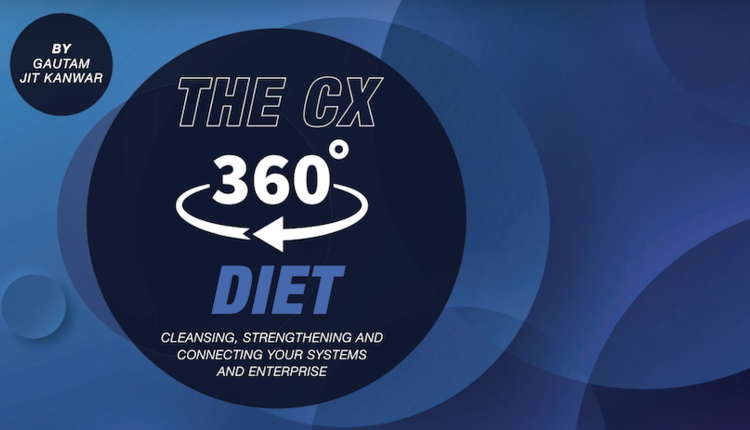
At their inception, customer communications management (CCM) systems were designed to support print and mail operations. At the same time, many enterprises didn’t have print operations in-house, so work that needed to be printed was outsourced to print service providers (PSPs). However, as the features of CCM platforms expanded, so did their capabilities, impacting businesses and their operations. Coupled with consumers’ increasing preference for digital interactions, enterprises and PSPs were challenged with the need to adjust their business models to deliver the experiences customers increasingly expected, while still ensuring business continuity.
For some, the expedient solution to this was migrating part, if not all, of their business operations to the cloud. Doing so offered the ability to quickly access information on demand, scale as needed and ultimately be more efficient. It also provided the opportunity to reduce costs with the option to eliminate outdated legacy infrastructures, as well as physical hardware or software and ongoing maintenance. What seemed like a good business decision then for many reasons still is.
Customer Communications Thrive in the Cloud
In a transaction-based business, customers often only interact with an organization through monthly invoices, statements or other periodic documents, making it even more important to ensure that every communication sent to a customer is effective. There are a number of benefits to a cloud CCM strategy when it comes to producing customer communications that engage customers. First, a cloud solution makes it possible to interact with a business through a multitude of channels, such as email, SMS, chatbots or other apps, so customer preferences can readily be met. Additionally, the ability to integrate customer relationship management (CRM) tools that house real-time data supports the creation of personalized communications that include timely, relevant messaging and shows you are on top of customer interactions with your company.
One of the biggest benefits, though, is that cloud CCM can help overcome the obstacles experienced in achieving a holistic view of your organization's interactions with the customer across these different channels. Often, communications are created by various departments in an organization for several different purposes. Being able to achieve consistency across all channels of communication with a common voice and messages that look like they come from the same company makes for the seamless, integrated customer experience businesses are striving to achieve.
Employees Thrive as Well
While cloud CCM is good for your business and your customers, there is another important group that benefits: your employees. When companies were suddenly required to have employees work from home due to the pandemic, it became painfully obvious that having agility and flexibility in your operations was paramount to ensure the availability of critical data needed to perform their jobs. As businesses adjusted, cloud-based platforms made working remotely possible, allowing employees to share files and establishing a secure environment for working on documents.
Additionally, cloud CCM acts expertly as a line of business (LOB) resource. Today, many departments directly use cloud-based CCM systems to bring the customer closer to the employee. Having the ability to instantly access a centralized hub of customer history makes it possible for employees to have readily available the information required to communicate effectively. Understanding the customer’s journey within your company empowers an employee to have the freedom to think strategically, respond appropriately and foster a relationship of trust.
A good example of this is when executing a marketing campaign. The campaign communication is sent, someone is interested in the offer and clicks on it. Now the information that a prospect is interested in does not go to IT. Instead, it goes directly to the marketing person who sent it, providing notification that the customer or the prospect is interested in an offer. The marketer is empowered to make the decision to take the next step, creating a connected experience across the board. This puts less pressure on the IT department and relieves LOB employees of IT infrastructure hassles and makes them more productive.
As many customer service employees continue to work remotely or in a hybrid-working situation, a cloud CCM solution also supports them in being more effective. When customers take the time to connect with your business, it is with the expectation they can get the information they are seeking at that moment. Cloud CCM solutions enable the collection of and interaction with content throughout a customer’s lifecycle, allowing customer service teams to retrieve what they need at the time they need it.
Create a Communication Ecosystem
As the myriad benefits of cloud technology — including scalability, security, hassle-free infrastructure and real-time customer experience — become more prominent, we can expect cloud-native platforms to continue to develop in an effort to harness your CCM platform’s full potential. With the right architecture in place, cloud CCM will continue to make it possible to create a communication ecosystem that responds with agility to a changing customer communication landscape, meeting the needs of all who work within it.Gautam Jit Kanwar is President of BelWo, Inc., a global provider of managed services specializing in customer communications management (CCM) consulting and delivery solutions that help companies meet strategic CCM goals.

















